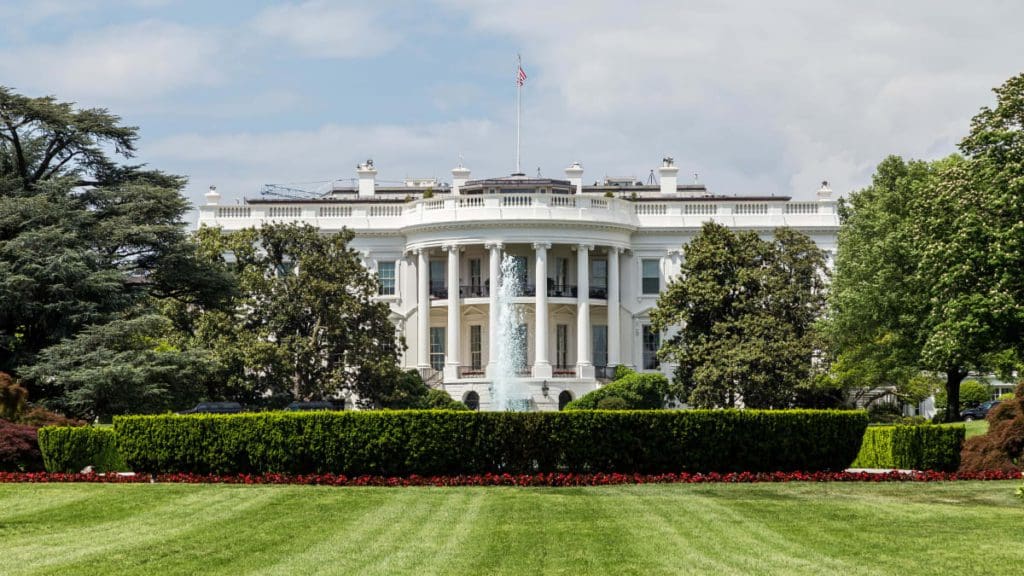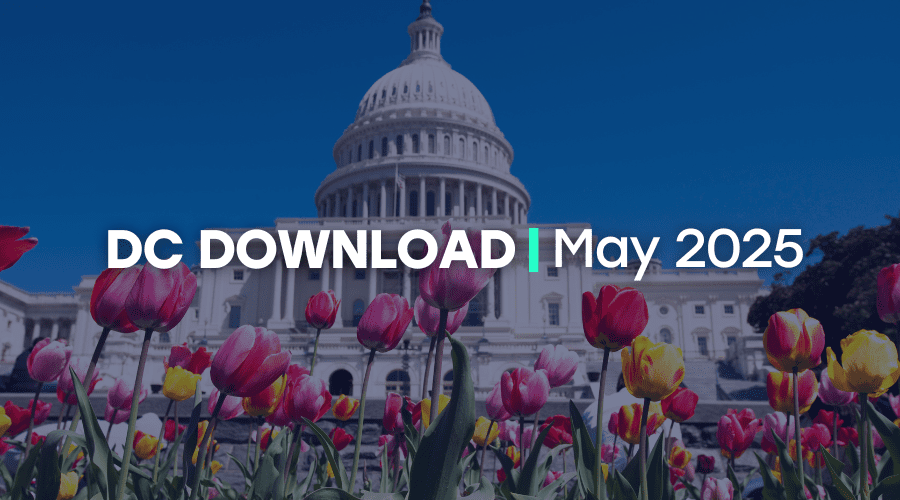On March 9, President Biden released his Fiscal Year 2024 budget proposal, with the full details and appendix released one week later. For those who have been following federal budget policy over the past few years, many of the big-ticket items are not a major surprise. But, they land at a unique time as the Administration confronts a divided Congress.
The President proposes expansions of the child tax credit and earned income tax credit, as well as major investments in health, education, housing, and clean energy. He renews Build Back Better era calls for national family, medical, and sick leave and capping the price of insulin. He proposes a roughly 3% increase in defense spending and a roughly 8% increase in domestic agency spending.
These proposed tax cuts and spending provisions are more than offset by revenue increases, including increased tax rates for corporations and high-income earners, a minimum tax rate for billionaires, and a higher tax on corporate stock buybacks. Overall, the President’s policy proposals would reduce the federal budget deficit by nearly $3 trillion over the next decade if its projections of slower inflation and faster economic growth hold true.
With Republicans in control of the House of Representatives, these proposals are unlikely to be taken up in whole cloth by the Congress. Politicians have been declaring presidents’ budgets to be “ dead on arrival” for so long that President Reagan’s budget officers used a gurney photo-op to try to rebut the phrase in 1986.
However, President Biden’s budget proposal will play at least two key roles in the coming months. First, it will function as a behind-the-scenes blueprint for legislators and staff who are writing FY 2024 spending bills. The vast majority of the federal budget isn’t mentioned in dueling press releases from Capitol Hill partisans, and it is there that the Executive Branch’s expertise often carries greater weight. Second, the deficit reduction proposals included in this budget are already shaping negotiations over the statutory debt limit, which Congress and the President must agree to increase this summer or risk a calamitous default on the national debt. Republicans in Congress are crafting their own response aimed at limiting future spending increases.
From the perspective of the broader charitable sector, the President’s budget request contains a few proposals worth noting, including:
- More stringent valuation rules for appreciated assets that seem to exempt donations to charity, a welcome recognition,
- Tightening criteria for a private foundation’s required 5% minimum annual payout by excluding contributions to donor advised funds and payments to “disqualified persons” like family members,
- Providing nearly $1.5 billion for Americorps, a 12% increase from current levels, and
- Providing $73 million for American History and Civics Education, more than triple the FY 2023 total.
Unfortunately, the absence of a few critical provisions is also noteworthy. The nonitemizer (or “universal”) charitable deduction expired at the end of 2021, and the President’s budget would allow that vital lifeline to remain lapsed.
Also missing from the President’s budget and its reams of analytical information is any mention of providing nonprofit workforce data through the Bureau of Labor Statistics. This silence is both disappointing and perplexing – nonprofit advocates secured language in 2022 year-end legislation calling for “BLS to examine the value in including nonprofit organizations as a distinct category of employer…” In my own experience working for a member of the Appropriations Committee, federal agencies are usually very responsive to the suggestions of those who determine their funding. The ongoing lack of this data – which goat farmers (really!) and limo drivers get quarterly for free – continues to hurt nonprofit organizations’ ability to plan and benchmark, while forcing legislators to fly blind when designing policies for the nation’s third-largest employment sector. Independent Sector and our partners will continue to work with Congress and the Administration to correct this inequity.
When it comes to nonprofits and the federal budget, what are we missing? If you are an Independent Sector member, we hope you will join us tomorrow — Thursday, March 30 at 2:00 p.m. ET for the March Monthly Policy Update webinar to keep this conversation going.
Ben Kershaw is Independent Sector’s director of public policy and government relations.



